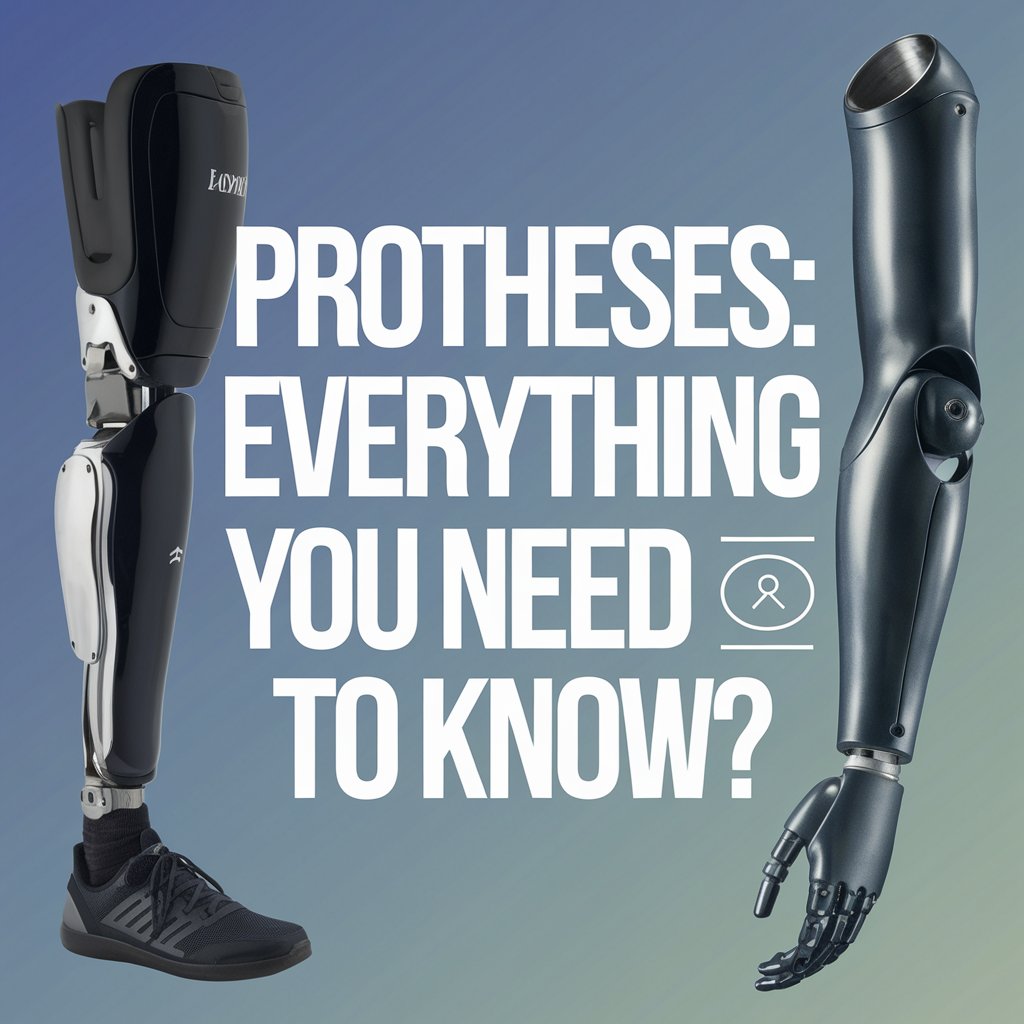Proteses are artificial devices designed to replace missing body parts or organs. They can range from simple devices like eyeglasses to complex prosthetics that mimic the function and appearance of limbs or organs. Proteses are often used to improve quality of life for individuals who have experienced injuries, congenital defects, or diseases that have resulted in the loss of a body part.
Types of Proteses
Proteses can be categorized based on the body part they replace:
- Limb Proteses: These include:
- Upper limb prostheses: Replace arms or hands. They can be cosmetic, functional, or a combination of both.
- Lower limb prostheses: Replace legs or feet. They are designed to restore mobility and support weight-bearing.
- Dental Proteses: These include:
- Dentures: Replace missing teeth. They can be partial or full.
- Bridges: Replace missing teeth by spanning the gap between two existing teeth.
- Ocular Proteses: Replace eyes that have been removed due to injury or disease.
- Breast Proteses: Replace breast tissue removed due to mastectomy or other surgical procedures.
- Hearing Proteses: Improve hearing for individuals with hearing loss.
- Cochlear Implants: Surgically implanted devices that help people with severe to profound hearing loss.
Materials Used in Proteses
Proteses are made from a variety of materials, including:
- Metals: Aluminum, titanium, and steel are common materials used for limb prostheses.
- Plastics: Polyurethane, polyethylene, and acrylic are used for both limb and dental prostheses.
- Silicone: Soft and flexible, silicone is often used for breast prostheses and ocular prostheses.
- Carbon Fiber: Lightweight and strong, carbon fiber is used in high-performance limb prostheses.
Factors to Consider When Choosing a Prosthesis
The choice of prosthesis depends on several factors, including:
- Type of loss: The specific body part that needs to be replaced.
- Individual needs: The patient’s lifestyle, activities, and preferences.
- Medical condition: Any underlying health issues that may affect prosthesis use.
- Cost: The cost of the prosthesis and any associated treatments.
Advances in Prosthetic Technology
Prosthetic technology has advanced significantly in recent years. Advances in materials, design, and control systems have led to more functional, comfortable, and realistic prostheses. For example, myoelectric prostheses use sensors to detect muscle signals and control the movement of the prosthesis. Robotic prostheses offer even greater functionality and resemble natural limbs more closely.
conclusion, prostheses have become essential tools for individuals with disabilities, providing them with greater independence and quality of life. As technology continues to evolve, we can expect to see even more advanced and innovative prosthetics that better mimic the function and appearance of natural body parts. This will further empower individuals with disabilities and help them to fully participate in all aspects of society.

